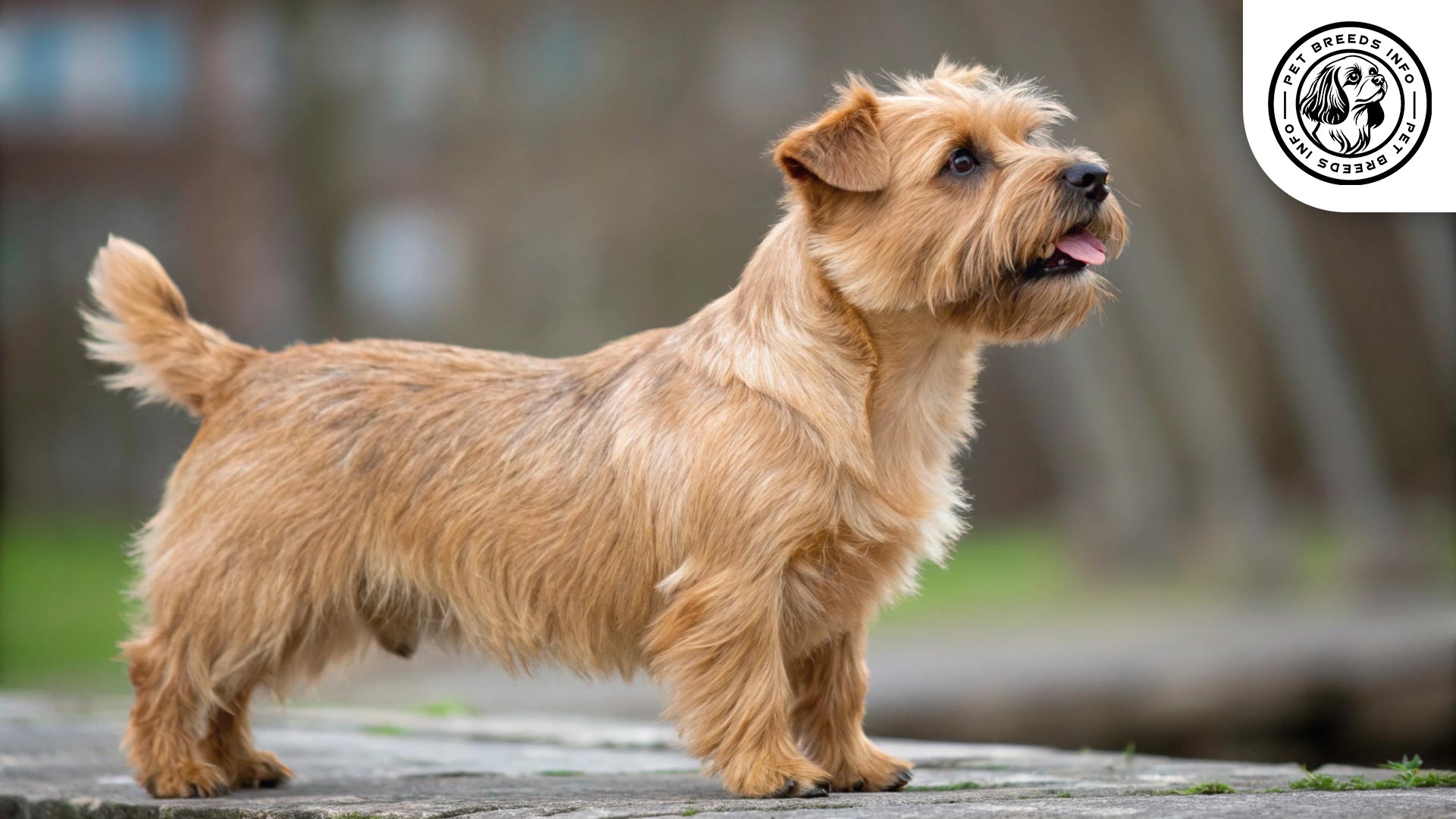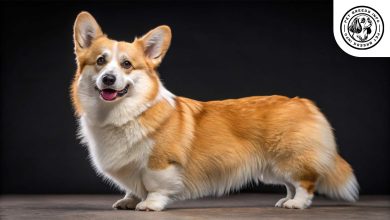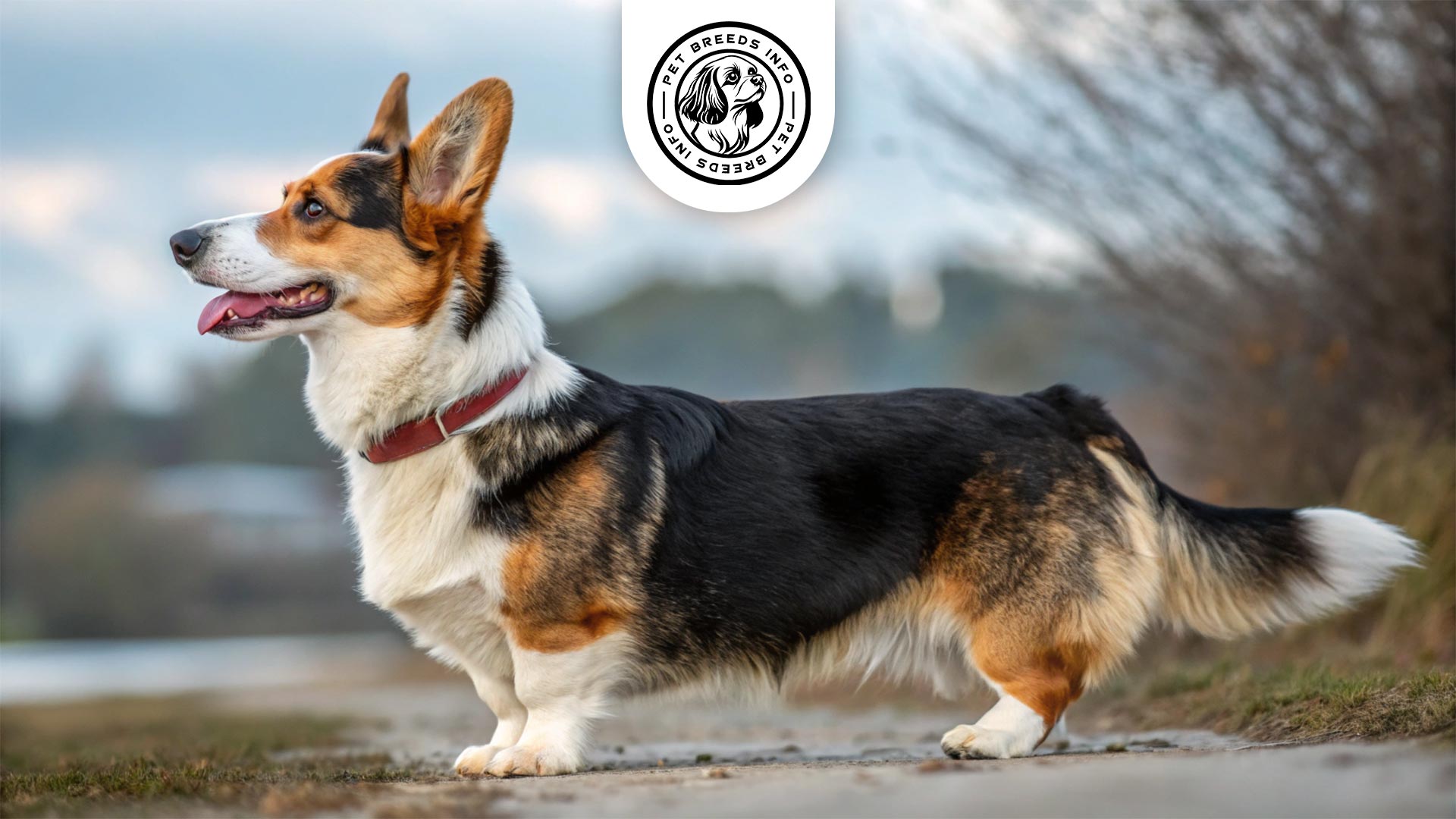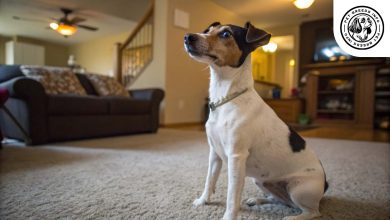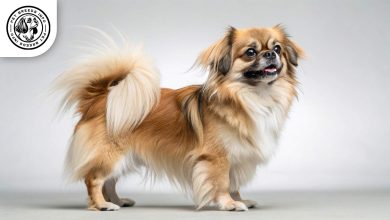Norfolk Terrier Dog Breed: Size, Health, Price & Personality
General Introduction of the Breed
The Norfolk Terrier is a small but sturdy breed originating from England. It was originally bred as a working terrier to hunt vermin and small prey. It is closely related to the Norwich Terrier, with the key difference being that Norfolk Terriers have dropped ears while Norwich Terriers have erect ears.
This breed was developed in the early 20th century and became officially recognized in 1932. Its compact size and feisty, affectionate nature have made it a popular companion dog over the years.
Table of Contents
| Color | Red, Wheaten, Black and Tan, Grizzle |
| Weight | 10 to 12 pounds (4.5 to 5.5 kg) |
| Lifespan | 12 to 15 years |
| Diet | High-quality dry kibble, wet food, or balanced raw diet. Portion control is essential. |
| Care | Daily exercise, regular brushing (2-3 times per week), occasional hand-stripping, nail trimming, ear cleaning, dental care. |
| Health | Generally healthy, but prone to hip dysplasia, patellar luxation, mitral valve disease, allergies, and skin conditions. |
| Nature | Intelligent, eager to learn, high energy, affectionate, playful, adventurous, alert. |
| Price | $2,500 to $4,000 (may vary depending on breeder, location, and lineage) |
Physical Characteristics
The Norfolk Terrier is a small yet strong dog. Males and females typically stand between 9 to 10 inches (23 to 25 cm) in height and weigh between 10 to 12 pounds (4.5 to 5.5 kg).
The coat is wiry and weather-resistant, requiring regular maintenance to keep its rough texture. Common coat colors include red, wheaten, black and tan, or grizzle.
The eyes are small, oval-shaped, and dark brown, giving the breed an alert and expressive appearance.
Its ears are medium-sized, V-shaped, and fold forward, setting it apart from the Norwich Terrier with its erect ears. The tail is traditionally docked in some regions, though many are left natural with a slight upward curve.
Read More: Harrier Dog
Personality and Temperament
The Norfolk Terrier is known for its intelligence and eagerness to learn. It responds well to positive reinforcement training.
This breed has a high energy level and requires regular physical and mental stimulation. Daily walks and playtime are essential to keep it happy.
Norfolk Terriers form strong bonds with their owners and are highly affectionate. They thrive on companionship and do not like being left alone for long periods.
They get along well with children and other pets when socialized early. However, their historical background as hunters may trigger a chase instinct toward smaller animals.
They are generally playful, adventurous, and alert but are not overly sensitive to environmental changes.
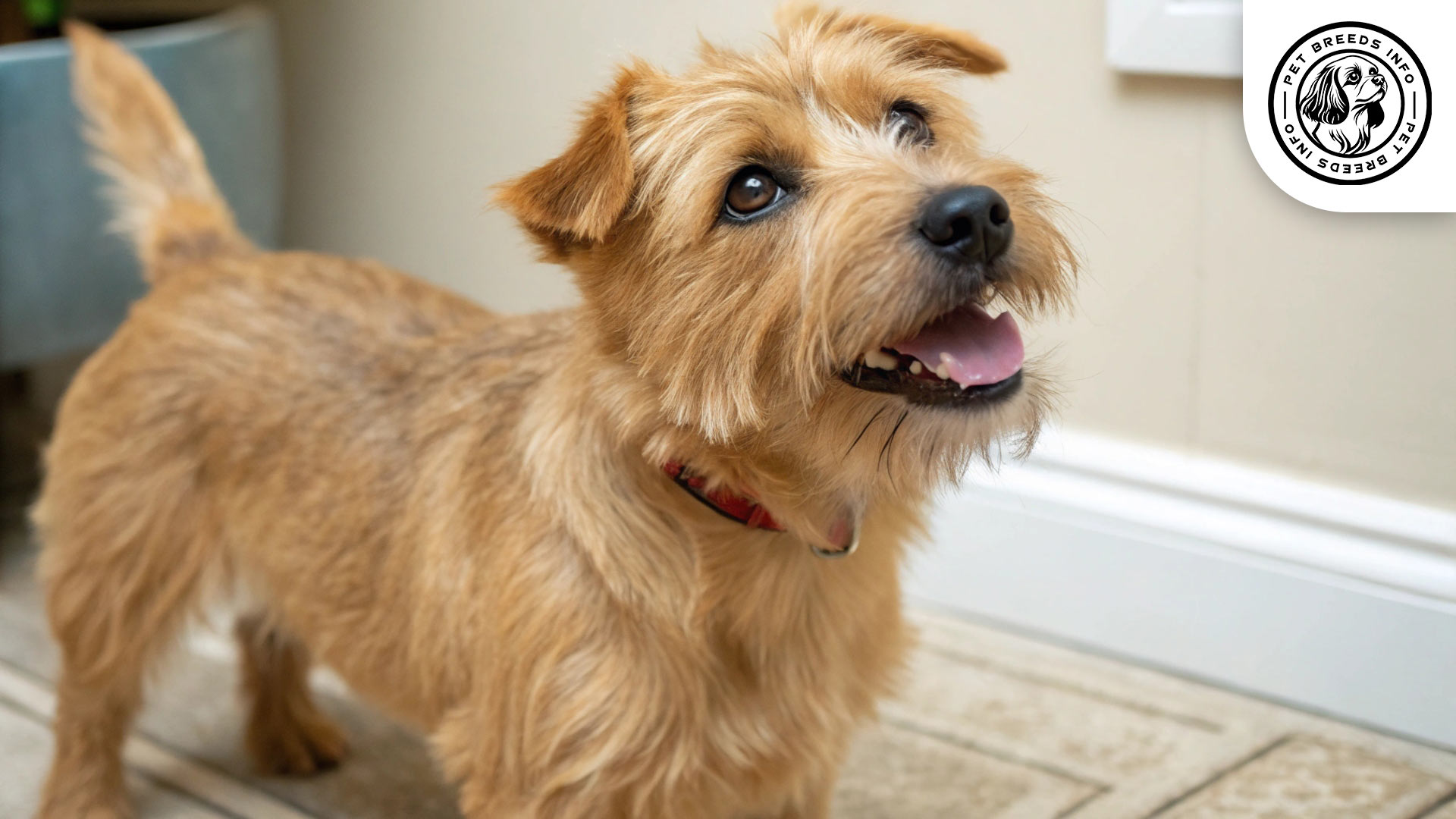
Care and Maintenance Requirements
Norfolk Terriers need daily exercise to maintain their energy levels. Activities such as walks, fetch, and interactive play sessions are recommended.
They adapt well to both apartments and houses with yards, as long as they receive sufficient exercise.
The wiry coat requires regular brushing, ideally two to three times a week, and occasional hand-stripping to remove dead hairs. Shedding is minimal.
They are generally hardy dogs but may be sensitive to extreme heat and cold, requiring supervision in harsh weather conditions.
Regular grooming habits such as nail trimming, ear cleaning, and dental care should be maintained for overall health.
Diet and Nutrition
A high-quality diet, whether dry kibble, wet food, or a carefully balanced raw diet, is essential for Norfolk Terriers.
They have small stomachs but a high metabolism, so portion control is crucial to prevent obesity. Two meals per day are recommended.
Avoid feeding toxic foods such as chocolate, onions, garlic, grapes, and foods with excessive fats and salt.
Read More: Havanese Dog
Health and Common Medical Issues
Norfolk Terriers are generally healthy but can be prone to genetic conditions like hip dysplasia, patellar luxation, and mitral valve disease.
Some may develop allergies or skin conditions, so regular vet checkups are advised.
The average lifespan of a Norfolk Terrier ranges between 12 to 15 years with proper care and nutrition.
Routine vaccinations, flea and tick prevention, and annual vet visits are essential to maintain health.
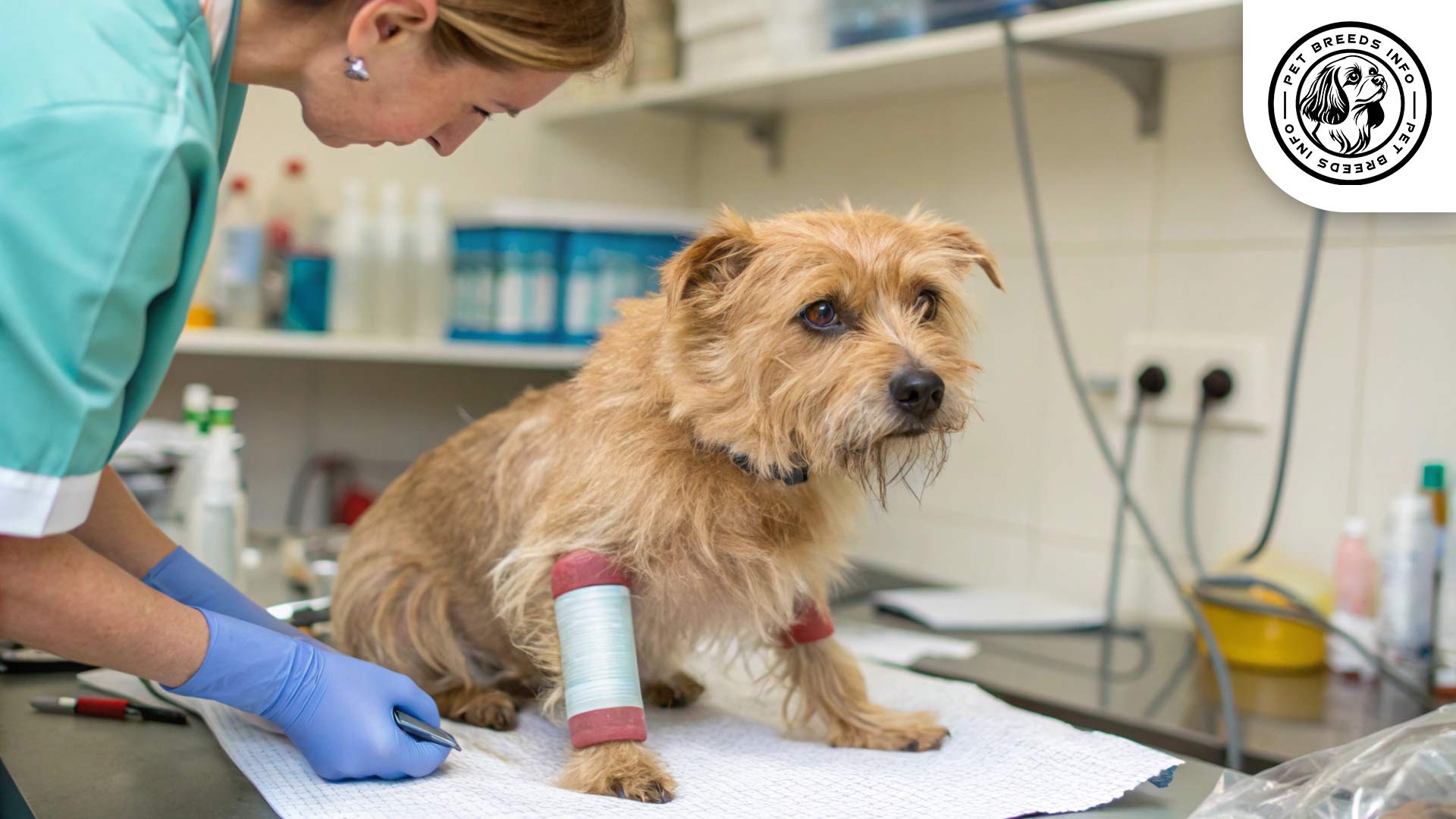
Training and Behavior Management
The Norfolk Terrier is intelligent and eager to please, making training relatively easy with consistent methods.
Early socialization and puppy training classes are beneficial to prevent excessive barking and stubborn behaviors.
Positive reinforcement techniques such as treats and praise work best. Harsh discipline should be avoided.
Interaction with Other Animals and Humans
They are friendly and affectionate toward families, making them good companions for children.
With proper early socialization, they can coexist peacefully with other pets, though their hunting instincts may trigger prey drive toward small animals.
They are suitable for both individuals and families but require a loving, interactive environment to thrive.
They are attached to their owners and do not do well with prolonged isolation.
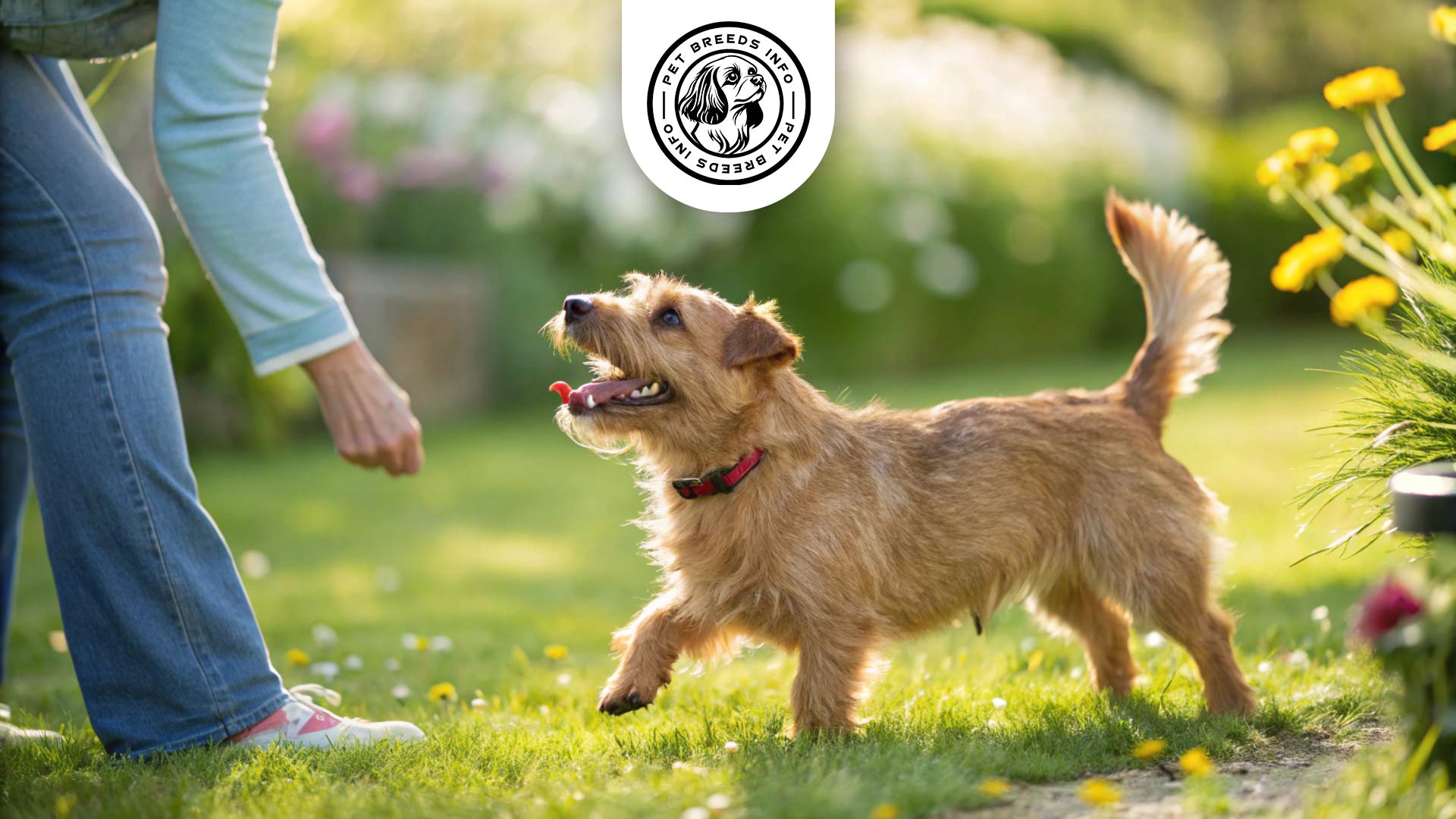
Price and Availability
The price of a Norfolk Terrier ranges from $2,500 to $4,000 depending on the breeder, location, and lineage.
Adopting from a shelter or breed-specific rescue is an alternative for those looking to provide a home to a Norfolk Terrier in need.
When purchasing from breeders, always seek reputable ones who conduct health screenings and provide proper care for the puppies.
Read More: Irish Water Spaniel Dog
Conclusion and Final Thoughts
The Norfolk Terrier is a lively, affectionate, and intelligent breed, making it a wonderful companion for active individuals and families.
Its adaptable nature allows it to live comfortably in both apartments and houses, provided it receives adequate exercise and attention.
Potential owners should consider the breed’s grooming needs, training requirements, and high energy level before committing.
With proper love, care, and training, the Norfolk Terrier will be a loyal and loving companion for many years.
FAQ
What is the main difference between a Norfolk Terrier and a Norwich Terrier?
The key difference is in their ears. Norfolk Terriers have folded (dropped) ears, while Norwich Terriers have erect (pricked) ears.
How much exercise does a Norfolk Terrier need?
Norfolk Terriers are high-energy dogs and require daily exercise. Activities such as daily walks, fetch, and interactive play sessions are essential to keep them happy and healthy.
What kind of grooming does a Norfolk Terrier require?
Their wiry coat needs regular brushing, ideally two to three times a week, and occasional hand-stripping to remove dead hairs. Regular nail trimming, ear cleaning, and dental care are also important.
Are Norfolk Terriers good with children and other pets?
Yes, they are generally good with children and other pets when socialized early. However, their hunting instincts may trigger a chase instinct toward smaller animals.
What are some common health issues in Norfolk Terriers?
Norfolk Terriers are generally healthy, but they can be prone to genetic conditions like hip dysplasia, patellar luxation, and mitral valve disease. They may also develop allergies or skin conditions.
